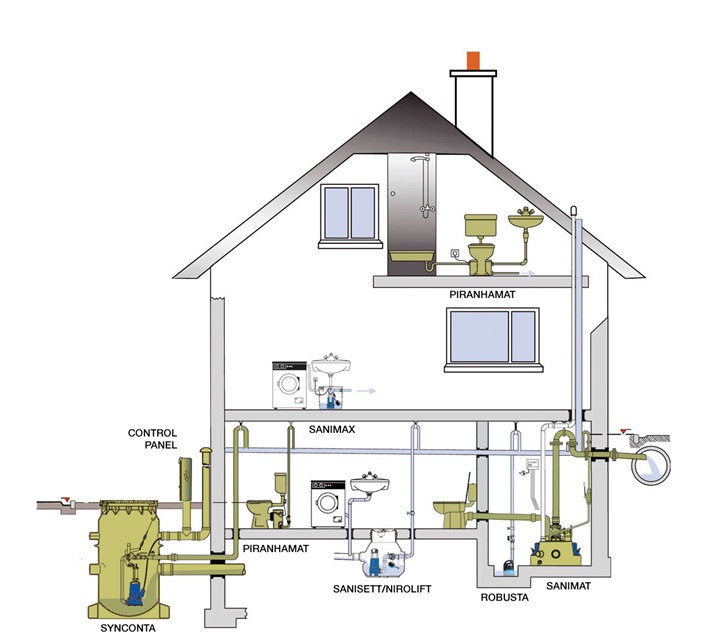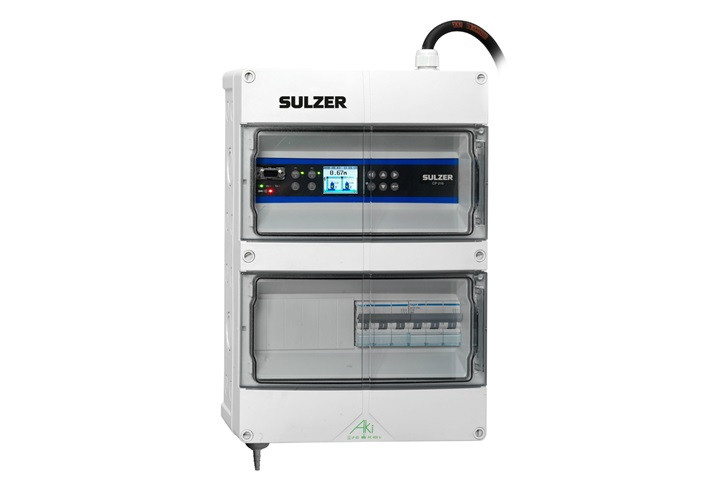- Impact- and shock-resistant
- Mercury-free
- Environmentally friendly
Float switch type ABS KS
Environmentally friendly floats of high quality
The KS float switch, used in liquids for control or signal activation, operates in response to the liquid level. It is also suitable for use in sewage and for automatic level control. The KS float switch is impact- and shock-resistant, mercury-free, and environmentally friendly.
- Wastewater
- Sewage
Main design features
In the float switch, a ball moves according to the floating position, thereby operating a high-quality micro switch. The recessed rolling surface for the ballensures trouble-free operation even if the cable is twisted.
In order to vary the switching differential, it is possible to shorten or lengthen the cable fastening position. The minimum cable length is 50 mm, which corresponds to a minimum switching differential of 100 mm. The switching height itself is set by raising or lowering the fixing point.
It is important to ensure that the float switch can float upwards or downwards unrestricted.
- Overmolding process provides a fully sealed float switch
- PVC cable (optional)
Technical specifications
| Type | KS |
| Rated voltage | 230/400 V AC |
| Rated current | 16 (8)/16 (4) A |
| Protection class | I |
| Protection type | IP-68 |
| Switching | Normally open (standard) or for dual switching |
| Cable type | HO7RN-3G1.0 or AO5RN-4G0.75 |
| Medium temperature | Continuous operation: 60°C |








